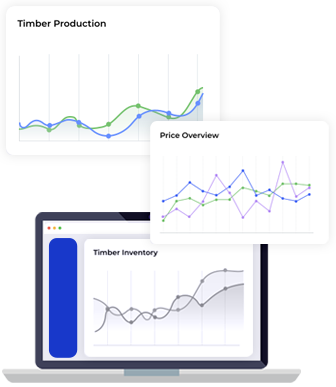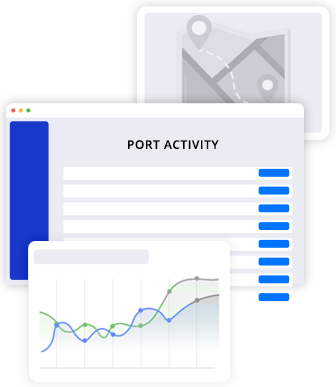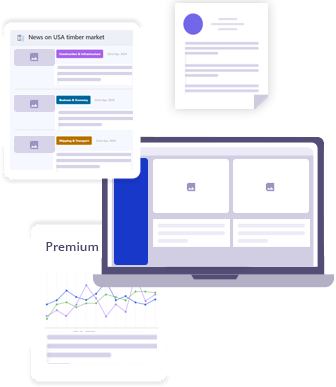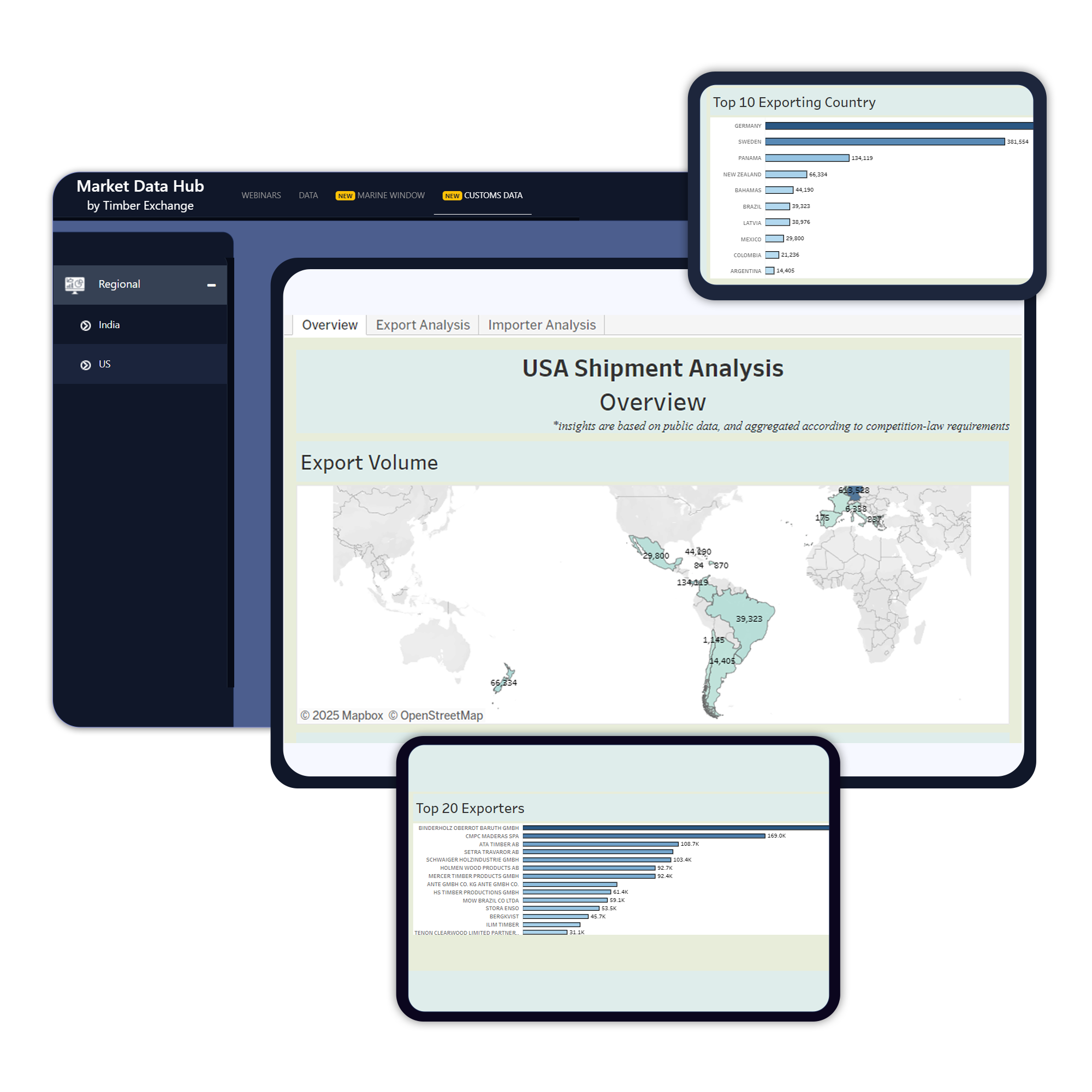
US dollar dips to 5-month low amidst cooling inflation trends
Posted on January 2, 2024 |
The dollar index hit a low point for the past 5 months as U.S. inflation slowed down to less than 3% in November.
Looking at the 12 months leading to November, inflation, measured by the personal consumption expenditures (PCE) price index, was 2.6%, which is less than the 2.9% in October.
Excluding the unstable prices of food and energy, the core PCE price index grew by 3.2% year-on-year in November.
It's the smallest increase since April 2021, and the Federal Reserve watches this index closely to meet its 2% inflation target.
The dollar started losing value after the recent Federal Reserve meeting, where people started thinking there might be a few interest rate cuts in 2024, starting in March.
The dollar index is expected to end the year about 2% lower, showing that it's not doing very well.
Against the Swiss franc, the dollar got weaker, almost reaching its lowest point in 9 years, and the euro and sterling had some small changes.
The Japanese yen grew by 0.25% against the dollar after Japan's core inflation slowed a lot in November.
The Australian and New Zealand dollars, which are influenced by risks, traded higher, reaching their highest point in five months.





